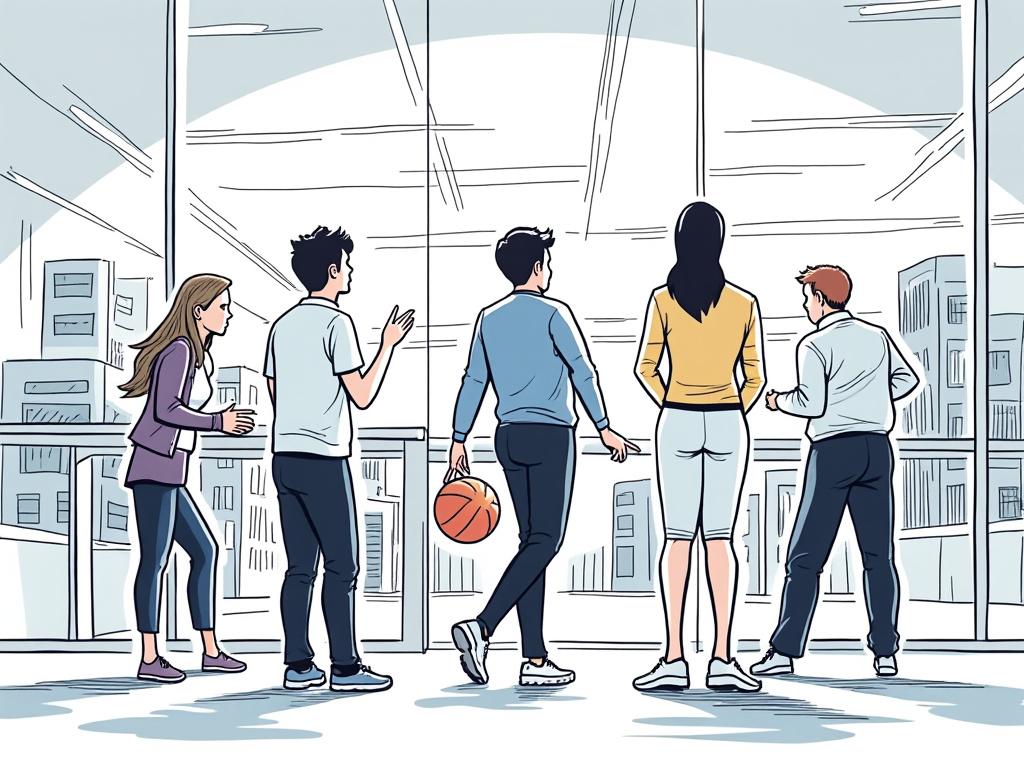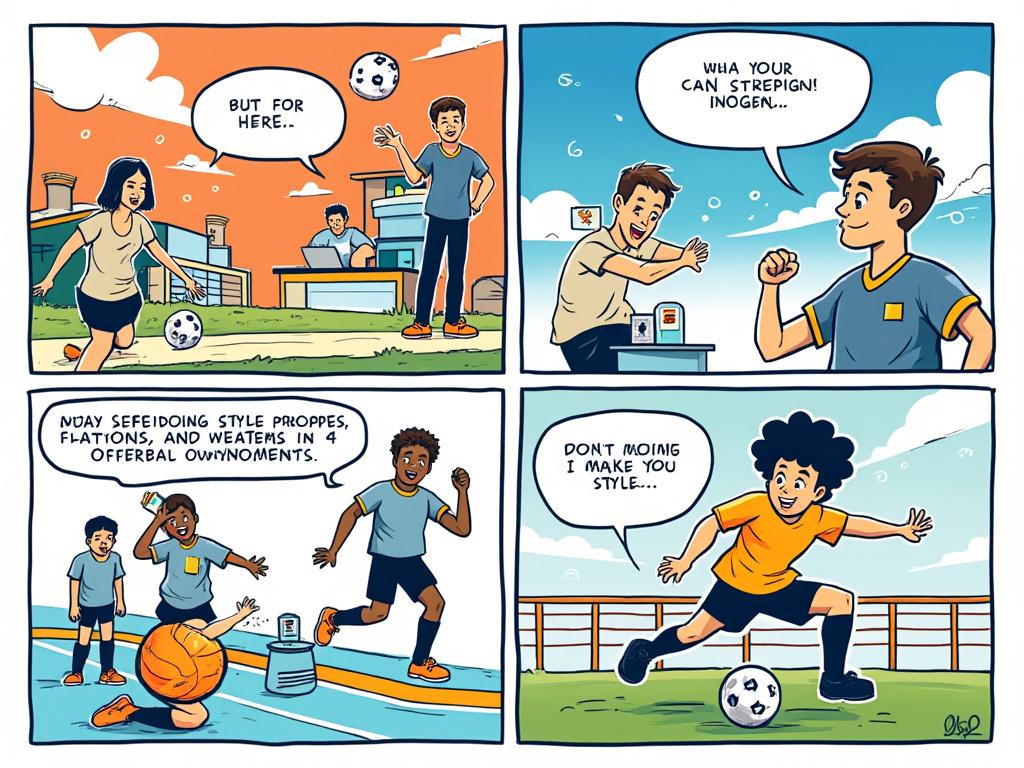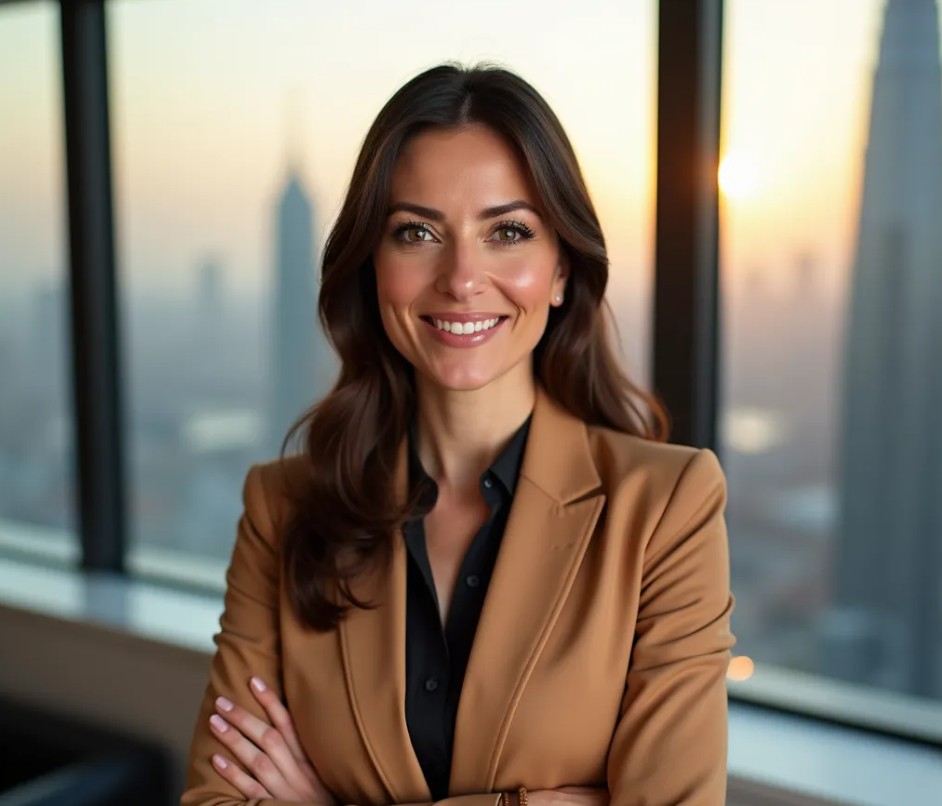
Youth Sports Programs in Greece: Building Champions Through Culture and Community
Reading time: 12 minutes
Ever wondered how ancient Greek athletic traditions translate into modern youth sports excellence? You’re about to discover a fascinating journey through Greece’s dynamic youth sports landscape, where Olympic heritage meets contemporary training methodologies.
Table of Contents
- The Foundation: Greece’s Sports Heritage
- Modern Program Structure and Organization
- Key Sports and Specialization Pathways
- Navigating Challenges and Solutions
- Success Stories and Impact Metrics
- Practical Guide for Parents and Athletes
- Building Tomorrow’s Athletic Excellence
- Frequently Asked Questions
The Foundation: Greece’s Sports Heritage
Greece’s youth sports programs aren’t just recreational activities—they’re cultural institutions rooted in 2,800 years of athletic tradition. From the ancient Olympic Games in Olympia to today’s state-of-the-art training facilities, Greek youth sports embody a unique philosophy that balances competitive excellence with holistic development.
Well, here’s the straight talk: Greek youth sports success isn’t about early specialization—it’s about building character through sport.
Cultural Integration and Modern Application
Today’s programs seamlessly blend ancient Greek principles with contemporary sports science. The concept of “kalokagathia” (beautiful and good) remains central, emphasizing that athletic prowess must accompany moral development. This philosophical foundation creates programs that prioritize:
- Character development alongside technical skills
- Community engagement through local club structures
- Academic balance with mandatory educational requirements
- Long-term athlete development over short-term wins
Statistical Landscape
Current participation rates reveal impressive engagement: approximately 450,000 Greek youth (ages 6-18) actively participate in organized sports programs, representing nearly 35% of the age demographic. This participation rate ranks among Europe’s highest, driven by strong government support and community investment.
Modern Program Structure and Organization
Greek youth sports operate through a sophisticated three-tier system that ensures accessibility while maintaining competitive pathways. Understanding this structure helps families navigate opportunities effectively.
Organizational Framework
| Level | Age Range | Focus | Weekly Hours | Cost Range (€/month) |
|---|---|---|---|---|
| Community Level | 6-12 years | Fundamental movement skills | 3-4 hours | 20-40€ |
| Regional Clubs | 12-16 years | Sport-specific development | 6-8 hours | 60-120€ |
| Elite Academies | 14-18 years | High-performance training | 12-15 hours | 150-300€ |
| National Centers | 16-18 years | Olympic preparation | 20+ hours | Scholarship-based |
| School Programs | 6-18 years | Educational integration | 2-3 hours | Free |
Government Support and Infrastructure
The Greek government allocates approximately €180 million annually to youth sports development, with 60% directed toward facility maintenance and 40% toward program subsidies. This investment has created over 2,500 youth-accessible sports facilities nationwide, ensuring geographic accessibility even in remote island communities.
Quick Scenario: Imagine you’re a parent in Crete considering basketball for your 10-year-old. What pathways exist? Let’s dive deep and turn potential questions into strategic opportunities.
Key Sports and Specialization Pathways
Greek youth sports programs excel in specific disciplines where cultural affinity meets international competitiveness. Understanding these strengths helps families make informed participation decisions.
Traditional Strengths and Emerging Opportunities
Youth Sports Participation by Discipline (2024 Data)
Football dominance reflects both cultural passion and infrastructure investment. However, emerging opportunities in sailing, climbing, and tennis show significant growth potential, particularly for families considering buying real estate in greece and seeking quality youth programs in their new communities.
Success Story: The Markopoulo Tennis Academy
Located near Athens, this academy demonstrates Greek youth sports excellence. Founded in 2015, it has produced 12 junior national champions and 3 professional players. Their success formula combines:
- Technical excellence through certified coaching
- Academic integration with flexible scheduling
- Mental preparation using sports psychology
- Family involvement in development planning
“We don’t just train tennis players; we develop complete individuals who happen to excel at tennis,” explains Head Coach Maria Stavropoulou, former WTA player and academy director.
Navigating Challenges and Solutions
Greek youth sports face distinct challenges that require strategic navigation. Understanding these hurdles—and proven solutions—helps families maximize program benefits.
Primary Challenge: Geographic Disparities
Island communities and rural areas often struggle with limited facilities and coaching expertise. Creative solutions have emerged:
- Mobile coaching programs rotating between communities
- Digital training platforms supplementing local instruction
- Inter-island competitions creating motivation and benchmarking
- Mainland training camps during school holidays
Secondary Challenge: Economic Accessibility
Despite government subsidies, elite-level training costs can burden families. Practical solutions include:
- Scholarship programs based on merit and need
- Corporate sponsorships for promising athletes
- Equipment sharing initiatives within clubs
- Volunteer coaching opportunities reducing program costs
Emerging Challenge: Balancing Tradition and Innovation
Modern sports science sometimes conflicts with traditional Greek training methods. Progressive programs address this by:
- Integrating technology while preserving cultural values
- Educating coaches in contemporary methodologies
- Maintaining holistic development focus amid specialization pressure
Success Stories and Impact Metrics
Greek youth sports programs consistently produce international-caliber athletes while maintaining high educational standards. These success stories illustrate effective program implementation.
Case Study: Olympiacos Basketball Academy
This Athens-based program exemplifies Greek youth sports excellence. Over 15 years, it has:
- Graduated 23 professional players to European leagues
- Maintained a 96% high school graduation rate
- Produced 8 national team representatives
- Achieved €2.3 million in scholarship value for university placement
Academy Director Dimitris Itoudis notes: “Success isn’t measured only in trophies. We’re proud that 89% of our graduates pursue higher education, many receiving athletic scholarships to American universities.”
Quantified Impact Across Programs
Recent comprehensive studies reveal impressive outcomes:
- Academic performance: Youth athletes average 12% higher grades than non-participants
- University acceptance: 78% of program graduates enter higher education (national average: 65%)
- International representation: Greece ranks 8th globally in youth Olympic medal production per capita
- Social development: Participants show 34% lower involvement in risky behaviors
Practical Guide for Parents and Athletes
Ready to transform interest into athletic excellence? This roadmap provides actionable steps for navigating Greek youth sports successfully.
Getting Started: Ages 6-10
Practical Roadmap:
- Explore multiple sports through community programs
- Prioritize fun and fundamental skills over competition
- Connect with local clubs for program information
- Establish consistent practice routines
- Monitor academic balance from the beginning
Pro Tip: The right foundation isn’t just about athletic skills—it’s about developing lifelong love for physical activity and healthy competition.
Development Phase: Ages 11-14
This critical period requires strategic decision-making:
- Identify natural aptitudes through varied experiences
- Seek qualified coaching with appropriate certifications
- Balance specialization with continued multi-sport participation
- Establish goal-setting frameworks
- Maintain academic priorities
Specialization Years: Ages 15-18
Advanced pathway navigation becomes crucial:
- Evaluate elite program options based on individual goals
- Consider university athletic scholarships both domestic and international
- Develop mental training skills
- Plan post-graduation transitions
Building Tomorrow’s Athletic Excellence
Greek youth sports stand at an exciting crossroads where ancient wisdom meets cutting-edge innovation. Current developments suggest a bright future driven by strategic investments and cultural evolution.
Technology Integration and Digital Innovation
Forward-thinking programs are embracing technological advancement while preserving core values. Virtual reality training now supplements traditional methods, allowing athletes to practice complex scenarios safely. Wearable technology provides detailed performance analytics, helping coaches optimize training loads and prevent injuries.
The Greek Sports Technology Institute, established in 2023, coordinates these innovations across youth programs. Their pilot projects show promising results: 23% improvement in skill acquisition rates and 31% reduction in training-related injuries.
International Collaboration and Exchange
Strategic partnerships with leading sports nations are expanding opportunities. Exchange programs with German football academies, Italian volleyball schools, and American basketball programs provide Greek youth with diverse perspectives and enhanced training methodologies.
Sustainability and Long-term Vision
Environmental consciousness increasingly influences program design. New facilities incorporate renewable energy, while programs emphasize outdoor activities that connect athletes with Greece’s natural beauty. This sustainable approach aligns with broader cultural values while preparing athletes for global citizenship.
Your Athletic Journey Starts Here: Whether you’re considering youth sports for fundamental development or elite competition, Greece offers pathways that honor both individual potential and collective excellence. The question isn’t whether Greek youth sports can develop your child—it’s how thoroughly you’re prepared to embrace the journey.
As Greece continues modernizing its approach while maintaining cultural authenticity, families who engage thoughtfully with these programs position their young athletes for success that extends far beyond sports fields and gymnasiums.
Frequently Asked Questions
What age should my child start organized sports in Greece?
Most Greek programs welcome children as young as 6 years old for fundamental movement and social development. However, the optimal starting age depends on individual maturity and interest rather than arbitrary age cutoffs. Community programs typically offer trial periods allowing families to assess readiness without long-term commitments.
How much does quality youth sports participation cost in Greece?
Costs vary significantly by level and location. Community programs range from €20-40 monthly, while elite academies can reach €300 monthly. However, numerous scholarship opportunities, government subsidies, and payment plans make quality programs accessible to motivated families regardless of economic background. Many successful athletes began in low-cost community programs.
Can international families access Greek youth sports programs?
Absolutely. Greek youth sports programs welcome international participants, often viewing cultural diversity as an asset. Registration typically requires local residency documentation, but temporary residents and expat families find numerous options. Many programs offer additional language support and cultural integration assistance for international families.

Article reviewed by Charlotte Ellsworth, Commercial Real Estate Developer | Transforming Urban Landscapes, on June 6, 2025


